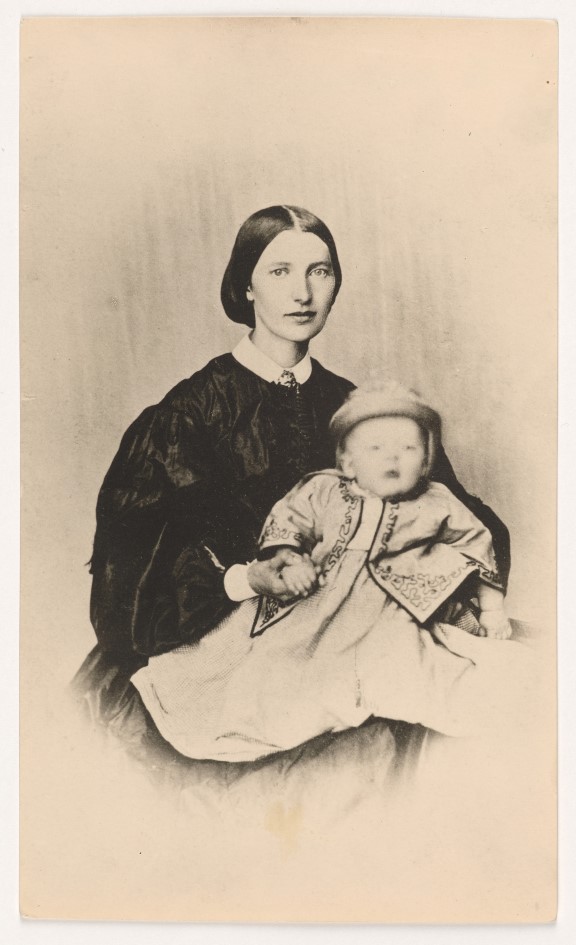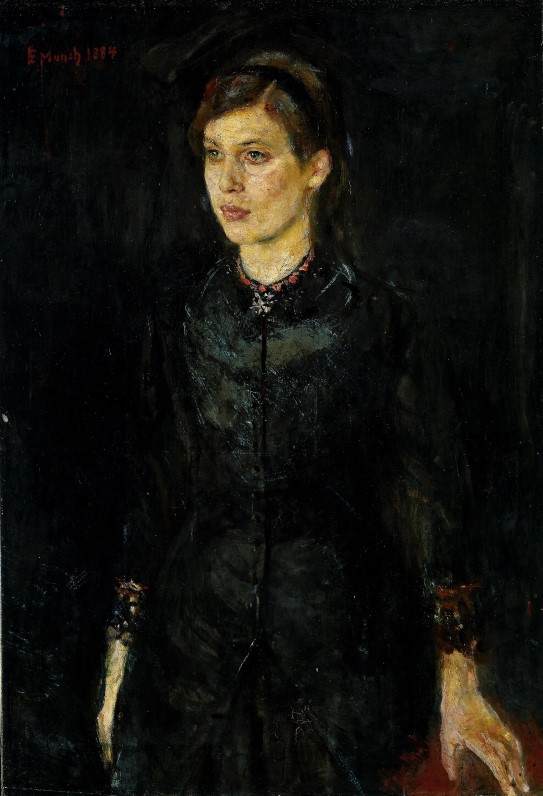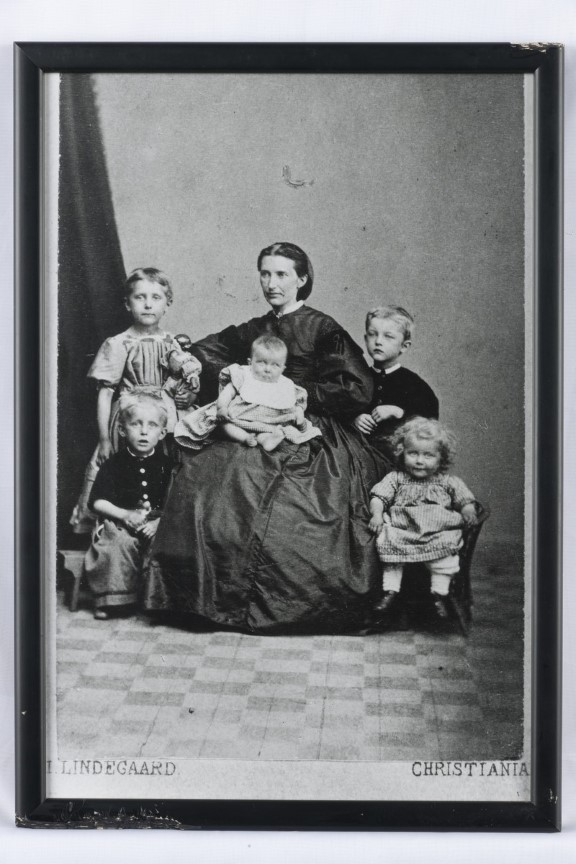


See how it went when we unpacked Edvard Munch's baby jacket.

Vickers is now working on unboxing items on a weekly basis, because 950 old boxes from the National Museum's storage area can directly harm the contents they are supposed to protect. The old storage boxes are made of acidic materials which, over time, damage textiles. Moreover, clothes and other textiles have been folded and crumpled, and there are too many of them in each box. They are packed so tightly that the fabrics can be damaged by storage.
All the items will now be stored in new, acid-free boxes, with fewer items in each box. – Textiles need space, Vickers explains. – If they're kept in acidic boxes, they turn yellow, and the fabric becomes fragile. It's not just the colours that are affected by acid; the fibres in the fabric can become so brittle that they break.
Look, Munch's baby jacket!
In a large-scale clean-up process, it is not easy to know what's what. Most of the items in the museum’s costume collection are not linked to individuals who might have worn the garments. More is known about materials, trends, cuts, and style periods. How, then, do you know which garments have very special stories? – It can start with two sentences on an old index card. Some are dead ends, and some explode into exciting discoveries, says Janne Arnesen.
The conservators might find an object in one of the boxes that arouses their curiosity or they start with information written down in the past. Munch's baby jacket emerged when Arnesen was looking for baby clothes in old notes and records. – I found something about a hat, a quilted baby hat, bequeatehed to the museum by someone named Inger Munch. Could this be the same Inger who was Edvard Munch's sister? It was, and it turned out that she had donated several garments. – Suddenly, we had the mother's wedding dress, a christening gown, and a large part of the Munch family's wardrobe, Arnesen says.
Edvard Munch and his family
- Edvard Munch was born in Løten, Norway on 12 December 1863.
- Edvard was the second-oldest of four siblings: Johanne Sophie, Peter Andreas, Inger Marie and Laura Cathrine.
- The family moved to Christiania (now Oslo) in 1864 when their physician father, Christian Munch, was stationed there.
- Mother Laura Munch died of tuberculosis when Edvard was only five years old,
in 1868. - Elder sister Sophie died of the same disease in 1877, nine years before Edvard painted "The Sick Child", his breakthrough work, inspired by her tragic death.
- Edvard's two-years-younger brother, Peter Andreas, died in 1895, at the age of 20.
- The experience of losing several loved ones early in life affected Munch and his art throughout much of his artistic career.
- Edvard painted his deceased and living relatives several times throughout his life.

The donation from Inger Munch in 1952 included:
- A religious book from Christian Munch
- A painter's parasol from Edvard Munch
- Four children's shirts from Edvard Munch
- Baby stockings from Edvard Munch
- A child's jacket from Edvard Munch
- A quilted baby hat from Edvard Munch
- A baby gown, probably a christening gown, from Edvard Munch
- A baby bib from Inger Munch
- Leather boots from Inger Munch
- Two pairs of leather shoes from Inger Munch
- Three petticoats from Inger or Laura Munch
- A wedding dress and bridal gloves from Laura Munch
- Satin ankle boots from Laura Munch
Conservation and textiles at the National Museum
- The National Museum's conservators handle, document, and research the museum's collection of paintings, paper, textiles, crafts and design, installations, and electronic media.
- The conservators have the primary responsibility for preserving all the objects in the museum's collection. This includes ensuring that the conditions in exhibitions, in storage or during transportation contribute to giving the artworks the longest possible lifespan.
- The collection contains textiles that range chronologically from the early Middle Ages to today.
- This part of the collection mainly consists of Norwegian and European fashion items and textiles, tapestries, interior textiles, and modern crafts.
- Textile fibres can age and deteriorate rapidly. Control of light, temperature, humidity, air quality, and storage is essential to preserving textiles.